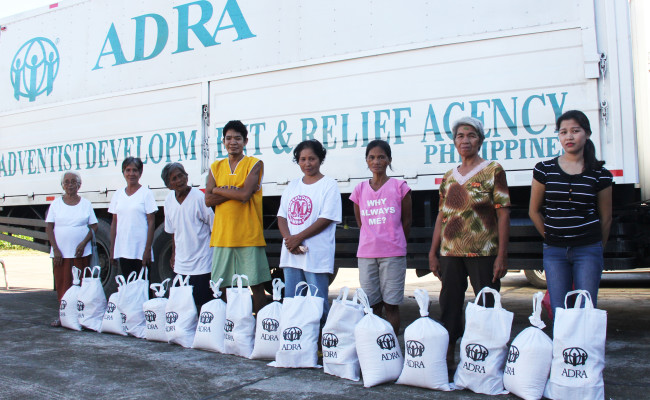Typhoon Hagupit, also locally known as Typhoon Ruby, entered the Philippine Area of Responsibility (PAR) late on 3 December as a Category 5 super typhoon.
The Philippine government, through National Disaster Risk Reduction Management Council (NDRRMC), alerted all affected Local Government Units (LGU) regarding the possible impact of the typhoon. Philippine media made available information from the Philippine Atmospheric Geophysical and Astronomical Services Administration (PAGASA) regarding the movement of the typhoon and warnings on possible storm surges.

Millions have been evacuated to safer grounds while work and classes have been suspended in anticipation as the typhoon entered PAR. In Tacloban City, where more than 6,000 people died because of super typhoon Yolanda (Haiyan) in 2013, strictly enforced its preparations and evacuation measures to avoid the same fate.
On December 6, Ruby made its first landfall over Dolores, Easter Samar as a weakening Category 3 typhoon. The next day, Hagupit made its second landfall over Cataingan, Masbate. Early on 8 December, the storm generated a storm surge over Calauag, Quezon.
ADRA Philippines conducted an emergency response on December 10-14, 2014 for the severely affected province of Samar (Region VIII). The response aimed to help 2,000 families and focused on two needs: food and shelter.

ADRA identified more than 800 vulnerable indigent families living in the coastal community of Baybay, Catarman and gave each family a food aid pack containing 12 kilos of rice, 10 cans of sardines, 10 packs of noodles, 1 liter of cooking oil, 1 kilo of sugar, 500mg salt, 500mg beans, 500g can of diced fruits and 1 small jar of peanut butter.
Meanwhile, 517 tarpaulins were distributed to families with heavily damaged houses in the town of Can-avid and 401 in Manapas, both in Eastern Samar. The response provided emergency shelter aid to 918 households in total.
As Ruby exited PAR in the evening of December 10, at least 18 people had been confirmed dead by the typhoon, leaving nearly 916 injured according to the NDRRMC. Philippine Red Cross tallied the death toll at 27. Nearly 1 million families in nine regions were affected by the typhoon.
Damage in agriculture and infrastructure was estimated at P5 billion. The government reported a total of 290, 670 houses damaged. Electricity was lost in Eastern Visayas for more than two weeks.

